In an era where convenience and efficiency reign supreme, the advent of wireless charging technology has heralded a new era in the realm of mobile devices. No longer tethered to traditional charging cables, users can now experience the liberation of seamlessly powering up their smartphones with the simple placement on a charging pad.
At the forefront of this technological revolution are wireless charging phone cases, offering a convenient solution that blends style with functionality. In this article, we delve into the world of wireless charging phone cases, exploring their intricacies, advantages, and the future they promise. Join us as we unravel the allure of cutting the cord and embracing the convenience of wireless charging phone cases.
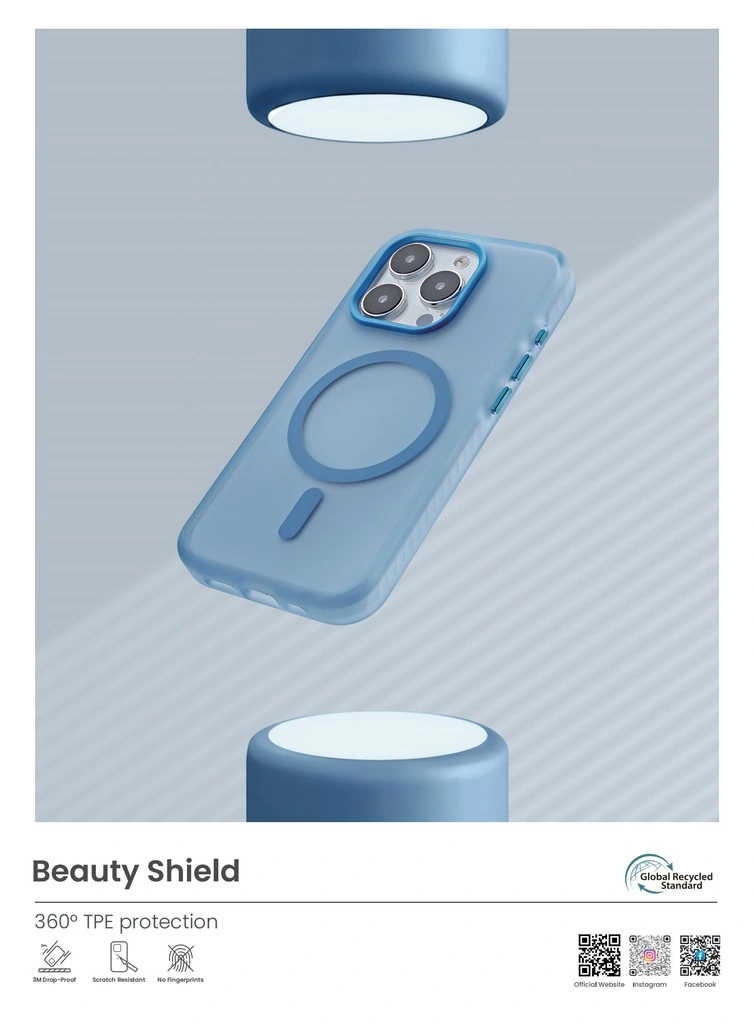
Introduction to Wireless Charging Technology
Wireless charging technology, also known as inductive charging, is a method of powering up electronic devices without the need for physical cables or connectors. Instead of plugging a device into a power source, wireless charging uses electromagnetic fields to transfer energy between a charging pad or dock and the device itself.
This technology relies on two main components: a transmitter (the charging pad or dock) and a receiver (the device being charged). The transmitter generates an alternating electromagnetic field, which induces an electrical current in the receiver when the two are placed close together. This current is then converted into usable power to charge the device’s battery.
Wireless charging technology typically employs one of two standards: Qi (pronounced “chee”) and Powermat. Qi, developed by the Wireless Power Consortium, is the most widely adopted standard, supported by a vast array of smartphones, tablets, and other electronic devices. Powermat, developed by the Power Matters Alliance, is another standard primarily used in some public charging stations and certain devices.
Overall, wireless charging technology for sale offers a convenient and cable-free way to keep devices powered throughout the day, simplifying the charging process and reducing wear and tear on charging ports. As this technology continues to evolve, it holds the potential to become even more widespread across various industries and applications.
The Rise of Wireless Charging Phone Cases
With the proliferation of wireless charging technology, the demand for wireless charging phone cases has surged in recent years. These innovative accessories seamlessly integrate the convenience of wireless charging into the everyday lives of smartphone users. As consumers increasingly seek solutions that prioritize ease of use and adaptability, wireless charging phone cases have emerged as a natural evolution in the realm of mobile device accessories.

Gone are the days of fumbling with tangled cords or searching for the elusive charging port in dimly lit environments. Wireless charging phone cases offer a streamlined approach to powering up smartphones, eliminating the need for cumbersome cables and connectors. This newfound simplicity has captivated the attention of tech enthusiasts and casual users alike, driving the widespread adoption of wireless charging phone cases across various demographics.
Furthermore, the growing ecosystem of wireless charging infrastructure has played a pivotal role in fueling the popularity of wireless charging phone cases. From coffee shops to airports, wireless charging pads have become increasingly ubiquitous in public spaces, facilitating effortless charging experiences on the go. As the accessibility of wireless charging continues to expand, so too does the appeal of wireless charging phone cases as indispensable accessories for modern-day living.
Moreover, the aesthetic appeal of wireless charging phone cases has not gone unnoticed. Designed to seamlessly integrate with the sleek contours of today’s smartphones, these cases not only enhance the functionality of devices but also add a touch of sophistication to their appearance. With a myriad of designs, materials, and colors to choose from, wireless charging phone cases cater to diverse preferences, allowing users to express their personal style while enjoying the benefits of wireless charging technology.
As the demand for wireless charging phone cases continues to soar, manufacturers have responded with an array of innovative offerings. Leading tech companies and accessory brands have introduced a wide range of wireless charging phone cases compatible with various smartphone models, ensuring accessibility for users across different platforms. From rugged phone cases built for durability to slim and minimalist designs, the market for wireless charging phone cases offers something for everyone.
How Wireless Charging Phone Cases Work?
Wireless charging phone cases operate on the principle of inductive charging, leveraging electromagnetic fields to transfer power from a charging pad or dock to the device’s battery. The process involves several key components working in concert to facilitate efficient and convenient charging without the need for physical cables.
1. Transmitter (Charging Pad or Dock): The charging pad or dock serves as the transmitter in the wireless charging setup. It contains a coil of wire that generates an alternating electromagnetic field when connected to a power source. This field is emitted from the charging surface and forms the basis for transferring power to the device.
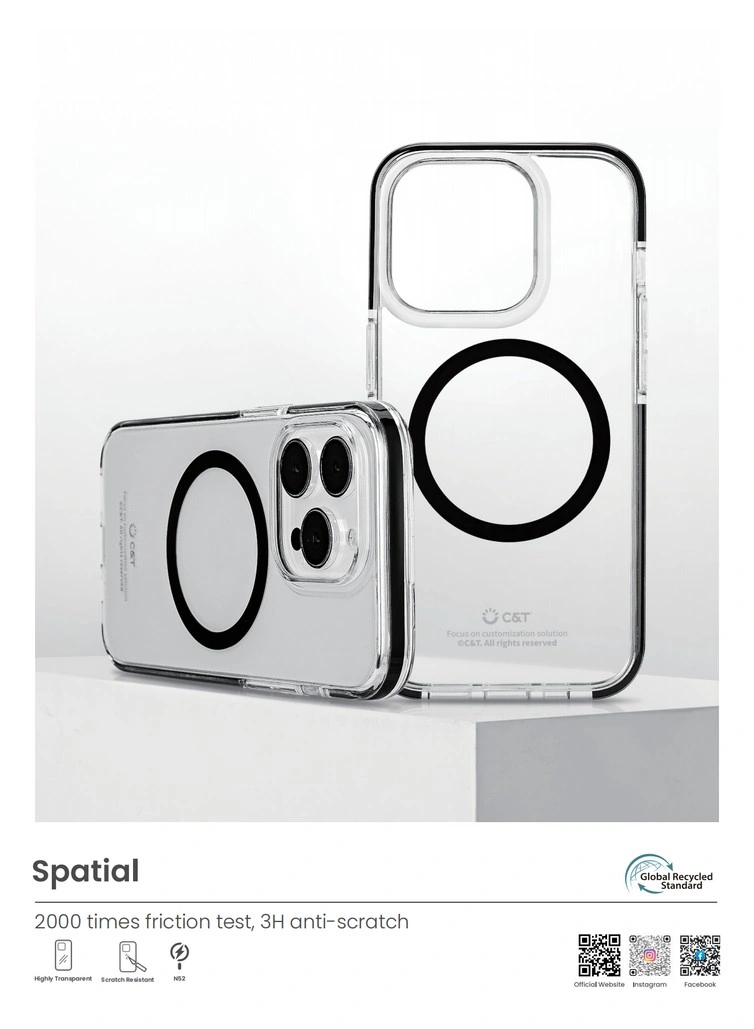
2. Receiver (Phone Case): The wireless charging phone case acts as the receiver in the charging process. Embedded within the case is another coil of wire, which is designed to resonate with the electromagnetic field generated by the charging pad. When the phone case is placed on the charging pad, the receiver coil picks up the electromagnetic energy, inducing an electrical current.
3. Inductive Coupling: Inductive coupling is the method by which power is transferred from the transmitter to the receiver. As the electromagnetic field emitted by the charging pad interacts with the receiver coil in the phone case, it induces a current in the coil through electromagnetic induction. This current is then converted into direct current (DC) by circuitry within the case, which charges the battery of the smartphone.
4. Alignment and Efficiency: Proper alignment between the transmitter and receiver coils is crucial for efficient charging. Most wireless charging phone cases feature alignment guides or markers to help users position their devices correctly on the charging pad. Additionally, advancements in technology have led to improved efficiency in wireless charging systems, minimizing energy loss and optimizing charging speeds.
5. Qi Standard: The majority of wireless charging phone cases adhere to the Qi (pronounced “chee”) standard established by the Wireless Power Consortium. This standard ensures interoperability and compatibility between different devices and chargers, allowing users to charge their smartphones with any Qi-certified charging pad or dock.
Overall, wireless charging phone cases offer a convenient and cable-free solution for keeping smartphones powered throughout the day. By harnessing the principles of electromagnetic induction, these cases enable users to enjoy the benefits of wireless charging technology while protecting and enhancing the functionality of their devices.
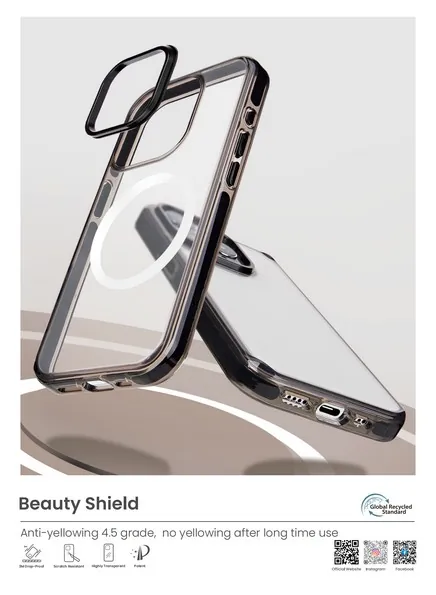
Advantages of Wireless Charging Phone Cases:
1. Convenience
Elimination of cables: Wireless charging phone cases free users from the hassle of dealing with tangled cables and searching for the charging port on their smartphones.
Seamless charging experience: With wireless charging, users can simply place their devices on a charging pad or dock, making it effortless to power up their phones at home, in the office, or on the go.
Simplified multitasking: Wireless charging allows users to charge their smartphones while still using them, enabling uninterrupted multitasking without the constraint of being tethered to a charging cable.
2. Compatibility
Universality: Wireless charging phone cases adhere to widely accepted standards such as Qi, ensuring compatibility with a broad range of smartphones, regardless of the brand or model.
Interoperability: Users can use the same wireless charging pad or dock to charge multiple devices, including smartphones, smartwatches, and wireless earbuds, without the need for additional adapters or accessories.
Future-proofing: As wireless charging technology continues to evolve, wireless charging phone cases remain compatible with newer devices, providing a future-proof solution for powering up smartphones.
3. Durability
Enhanced protection: Wireless charging phone cases not only facilitate wireless charging but also serve as protective covers for smartphones, safeguarding them against scratches, bumps, and other forms of damage.
Longevity: By reducing wear and tear on charging ports and cables, wireless charging phone cases contribute to the longevity of smartphones, prolonging their lifespan and ensuring consistent performance over time.
Waterproofing: Some wireless charging phone cases feature waterproof or water-resistant designs, providing an added layer of defense against moisture and environmental elements, thereby enhancing the durability of smartphones in various conditions.
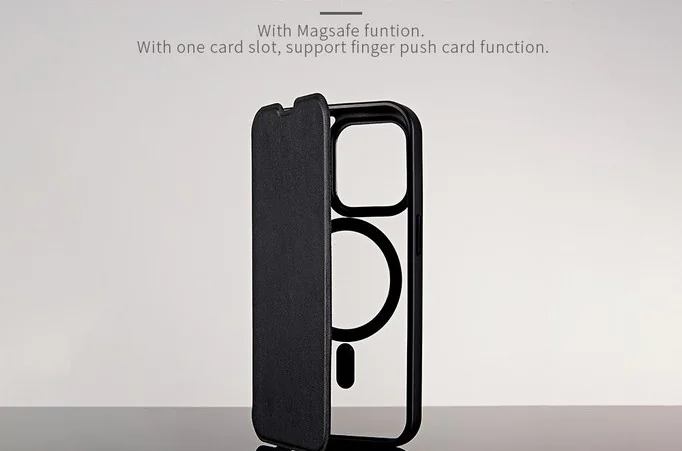
Overall, wireless charging phone cases offer a myriad of advantages, including convenience, compatibility, and durability, making them indispensable accessories for modern-day smartphone users seeking a seamless and reliable charging solution.
Comparing Wireless Charging Phone Cases to Traditional Charging Methods
As technology continues to advance, the debate between wireless charging phone cases and traditional charging methods has become increasingly prominent. While both approaches serve the common goal of powering up smartphones, they differ in several key aspects, each with its own set of advantages and limitations. Let’s explore how wireless charging phone cases stack up against traditional charging methods:
1. Convenience:
Wireless Charging Phone Cases: Wireless charging phone cases offer unparalleled convenience by eliminating the need for physical cables. Users can simply place their smartphones on a charging pad or dock, freeing them from the hassle of fumbling with tangled cords or searching for the charging port.
Traditional Charging Methods: Traditional charging methods typically involve connecting a smartphone to a power source using a charging cable. While effective, this approach requires users to locate a compatible charging cable and access to a power outlet, which may not always be readily available.
2. Flexibility:
Wireless Charging Phone Cases: Wireless charging phone cases provide greater flexibility in terms of charging locations. Users can charge their smartphones wirelessly at home, in the office, or even in public spaces equipped with wireless charging pads or docks.
Traditional Charging Methods: Traditional charging methods are limited by the availability of power outlets and the length of charging cables. Users may find themselves tethered to a specific location while charging their smartphones, limiting their mobility and flexibility.
3. Charging Speed:
Wireless Charging Phone Cases: While wireless charging technology has made significant advancements in recent years, it typically takes longer to charge a smartphone wirelessly compared to traditional wired charging methods. However, the difference in charging speed may vary depending on the specific device and wireless charging pad used.
Traditional Charging Methods: Traditional charging methods generally offer faster charging speeds compared to wireless charging. Directly connecting a smartphone to a power source via a charging cable allows for rapid charging, especially with the use of high-wattage chargers and fast-charging technologies.
4. Compatibility:
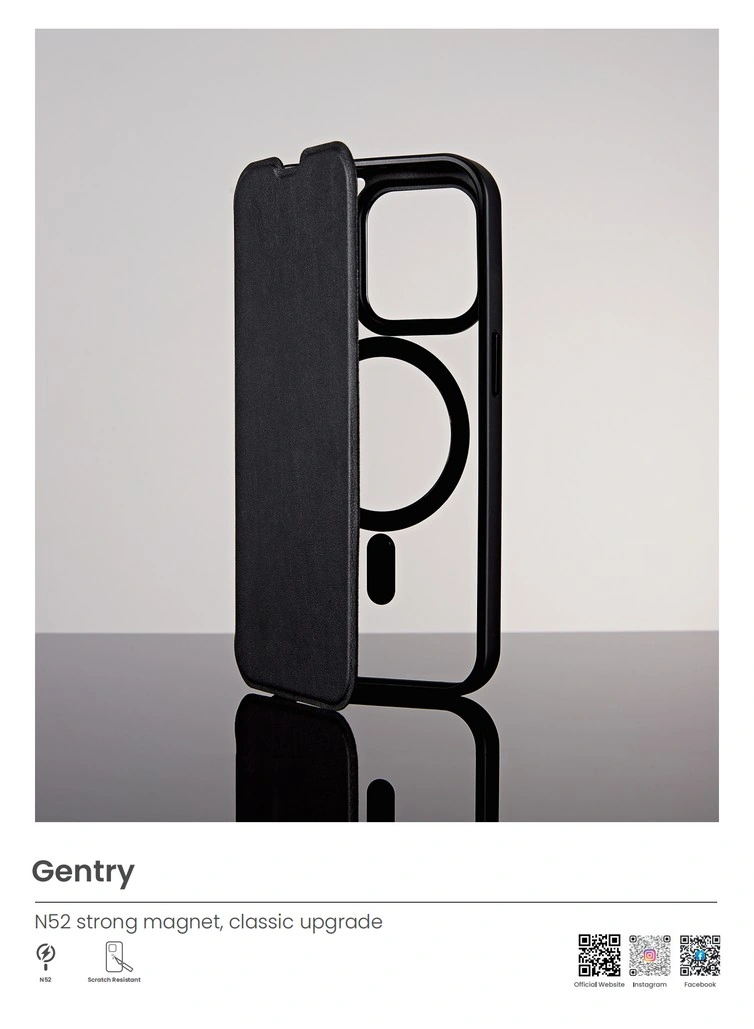
Wireless Charging Phone Cases: Wireless charging phone cases adhere to industry standards such as Qi, ensuring compatibility with a wide range of smartphones, regardless of the brand or model. However, compatibility may vary depending on the design and specifications of individual devices.
Traditional Charging Methods: Traditional charging methods rely on charging cables with specific connectors (e.g., Lightning, USB-C, Micro-USB), which may vary depending on the manufacturer and model of the smartphone. Users may need to carry multiple charging cables to accommodate different devices.
In conclusion, both wireless charging phone cases and traditional charging methods offer distinct advantages and limitations. While wireless charging phone cases provide unparalleled convenience and flexibility, traditional charging methods excel in terms of charging speed and compatibility. Ultimately, the choice between the two depends on individual preferences, lifestyle, and specific requirements.
Conclusion:
In conclusion, the convenience of wireless charging phone cases is undeniable. If you’re considering purchasing these accessories in bulk at wholesale prices, look no further than C&T. As a professional company, we offer quality products and excellent service to meet your needs. Contact us today to elevate your business with wireless charging solutions.





